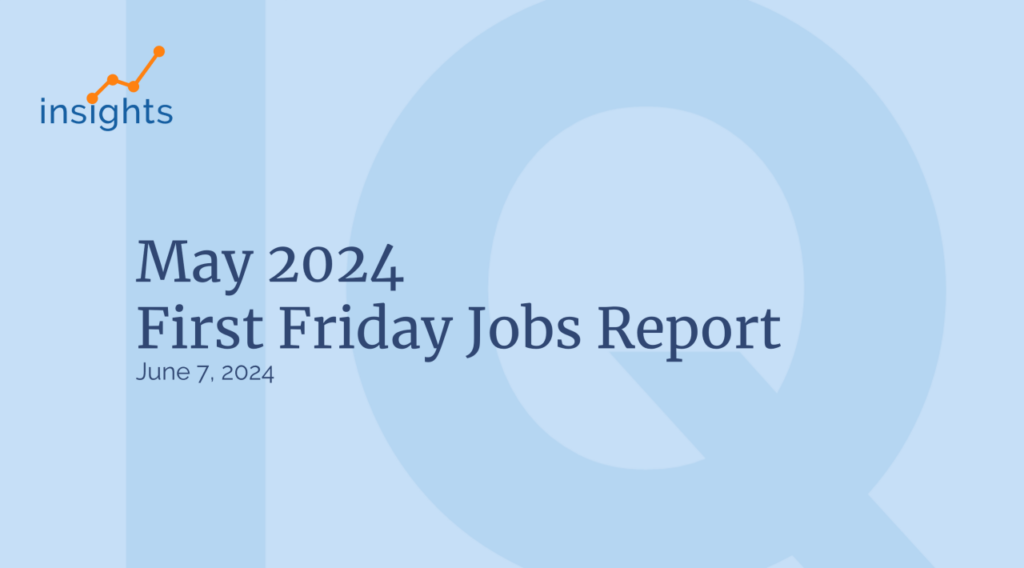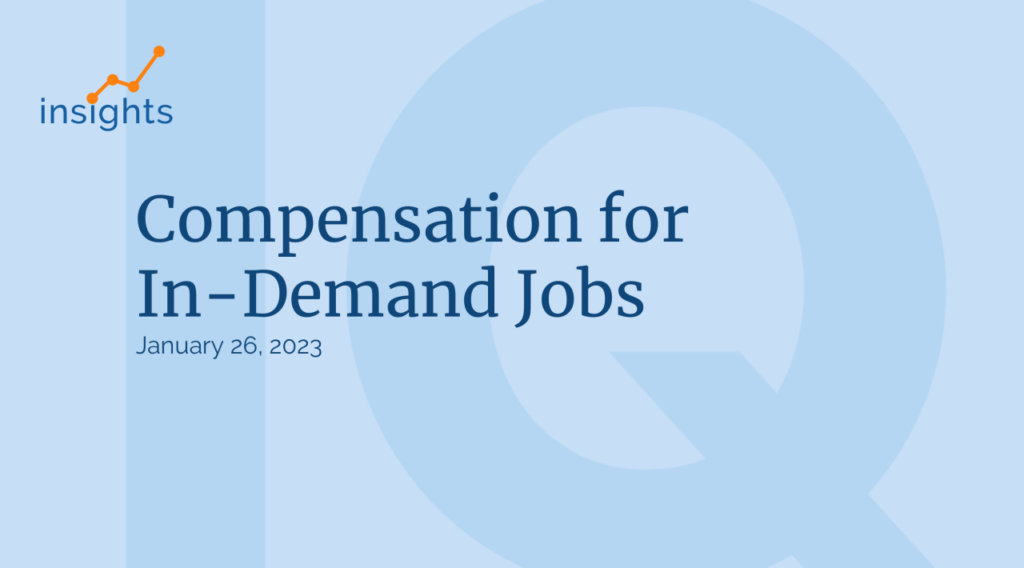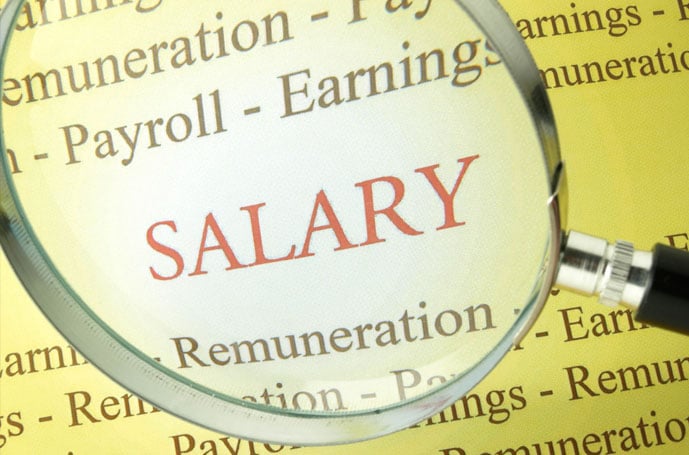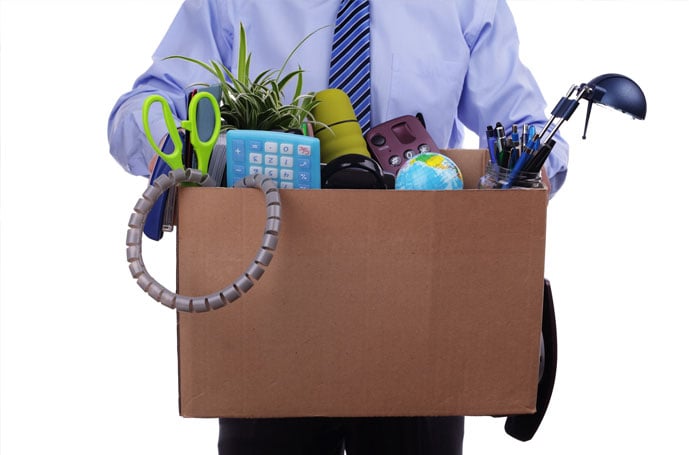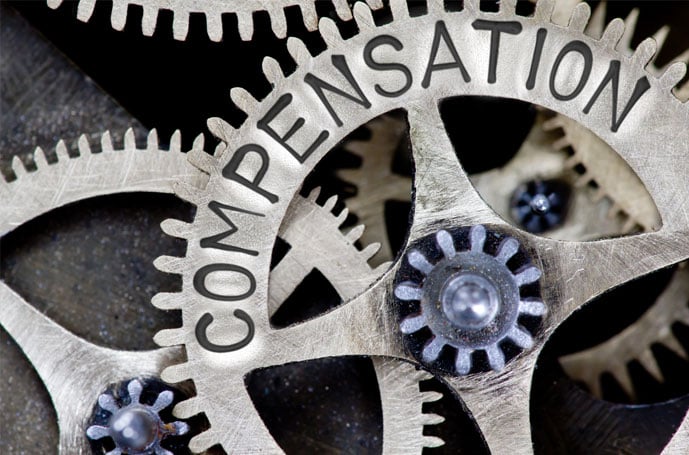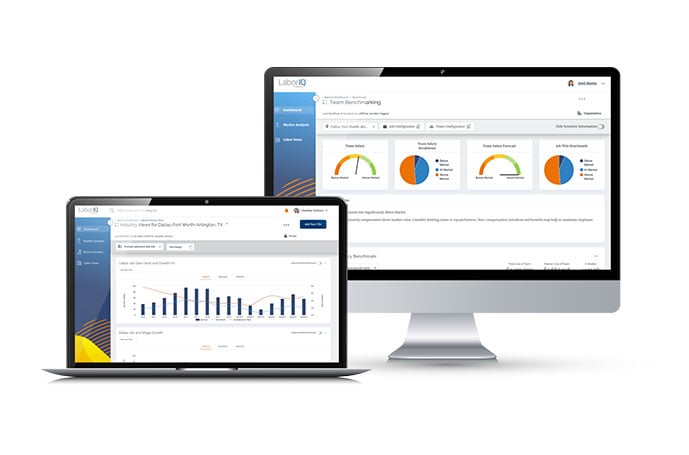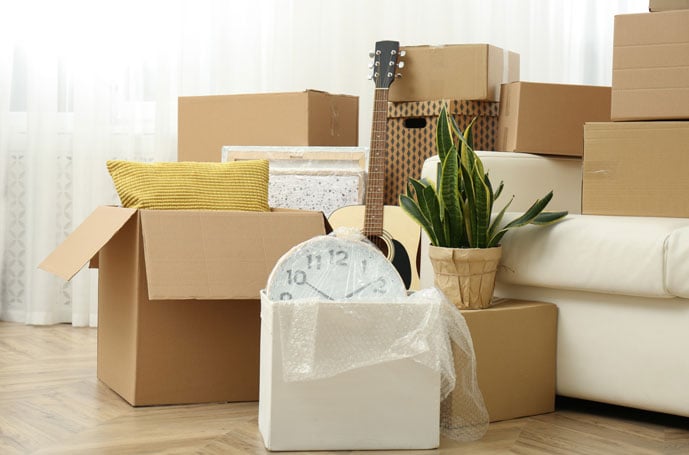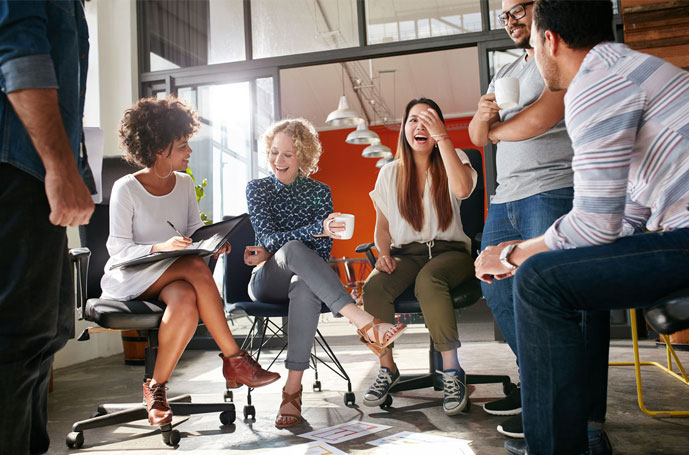A recent study on compensation and employee performance shows a statistically high correlation between work quality, attitude, reliability, and the competitiveness of the employee’s salary.
But how do HR teams ensure they’re offering competitive compensation?
In a nutshell, businesses need accurate labor market and salary data to confidently offer top talent competitive wages and quickly respond to pressing skills gaps.
But unfortunately, finding trustworthy data sources is an increasingly difficult task.
Let’s discuss this in more depth…
Choosing Your Data Sources: What to Avoid
Although there are a rising number of free online salary databases, such as Glassdoor and Indeed, you need to approach such data with healthy criticism.
It’s not uncommon for free online compensation databases to organize data by geographical location and job title – which, on the surface, makes sense. However, if you look closely at the data, several issues are often at play, including:
- Salary data is anonymous – in other words, it isn’t verifiable.
- The data is outdated – Often, it includes both past and present salaries. For instance, on Indeed, the data may be up to 36 months (three years) old. Needless to say, this might not provide an accurate indication of the average salary a job role may command today.
- No indication of employee tenure – Of course, the longer someone is employed with a company, the higher you should expect their salary to be. So, without an indication of employee tenure, whether the ‘average’ salary accurately represents the job role you’re looking to compensate cannot be confirmed.
- Limited sample sizes – Small sample sizes can skew the data’s accuracy. For instance, according to Indeed, the average wage of a data analyst in New York State is $75,396. In contrast, LaborIQ shows the average at $71,880. Clearly, there’s a difference. Typically, Indeed and other similar sources have smaller sample sizes because they’re restricted to the data their users submit. On top of that, these users sometimes don’t define the exact geographical area where they’re employed. Unfortunately, this can lead to patchy data. In contrast, LaborIQ analyzes paystubs from 400,000 U.S. companies to calculate salary estimates.
- No job description – As we’ve discussed, data from free salary databases are often categorized by job title. But, as we all know, job descriptions vary significantly from organization to organization, despite roles that have the same title. As such, it can be challenging to ensure the salary data you’re looking at reflects the exact same job description for which you’re seeking compensation data. In other words, you might not be comparing apples to apples which can lead to skewed salary benchmarking.
This begs the question: What should compensation data actually tell us?
What You Need from a Compensation Data Source
In short, reliable and actionable salary data sources must contain the following elements:
- Data must be current: The salaries used to calculate the average wage for a specific job role within a particular location must adhere to a standardized time frame. The more up-to-date, the better, and the data shouldn’t be older than a year. Old data won’t necessarily reflect current salary trends.
- Use significant, relevant and verifiable samples: Sample sizes need to be big enough to be representative of your audience. While there’s no set guideline for what constitutes a significant enough sample, the more participants, the more representative it will be. The sample should also be relevant to the scope of your analysis in terms of demographic, role and industry. Lastly, participants must be verifiable – by this, we mean that they can prove their employment.
- Appropriate weighting: Geographical samples will likely include diverse segments of the wider population, so your sample must reflect the complexity of these demographics. For instance, if a given population has a large number of students, so should your selection; otherwise, it won’t accurately reflect the actual population. The OECD provides guidance on assigning the appropriate weight to different groups within your sample.
- Job description: A job title isn’t enough for accurate salary benchmarking because we don’t know what, exactly, the employee is being compensated for. In the worst scenario, based on inaccurate data, you could end up over- or under-compensating an employee without due regard for the actual skills they provide. For example, the title ‘web developer‘ can include job descriptions specializing in front-end development, back-end development and no-code development. However, the average pay for these individual roles is very different from one another. As such, the average salary of a ‘web developer’ might not represent these nuances.
- Median and average salaries: While both measures determine a middle ground for market compensation standards, the median wage is usually more representative. Namely, because it excludes extreme data points. Unfortunately, free data sources tend to focus on average salaries, which means that extremely high and low data points could obstruct the accuracy of the data. In comparison, a median is often the preferred choice for HR executives because it offers a more neutral estimation of compensation, not disproportionately obscured by abnormal data points.
- Demographic breakouts: By this, we mean the ability to review salary data based on various demographics like education, ethnicity, gender, etc.; this provides a more nuanced approach that generic data sources often overlook.
When compensation data adhere to the above standards, HR teams can more accurately formulate fair and competitive compensation structures. However, as we’ve already hinted, the labor market constantly evolves. Therefore, so do the drivers that constitute a competitive salary. This is where forecasting becomes a game changer.
Compensation forecasting is about bringing data points into the here and now. While historical salary comparisons are beneficial, they paint a limited picture of the current market. However, by utilizing real-time data analysis, you can create more accurate salary benchmarks, enabling you to engage proactively with compensation demands. This is crucial to remaining competitive in the current labor market.
However, for the following reasons, it’s nearly impossible for HR teams to manually collect, maintain and analyze the vast sets of real-time data needed for accurate forecasting:
- Although larger samples increase validity, collecting and scrutinizing vast data sets takes much longer.
- Data sources must be kept current, which takes time and effort.
- With a constant stream of data, teams become overwhelmed, leading to errors, omissions and loss of direction.
The Solution
This is where a comprehensive salary data management system like LaborIQ is a must for any organization wanting to keep up with compensation trends. LaborIQ provides salary data on more than 20,000 job roles across more than 400,000 verified companies, so you can obtain relevant, current and targeted data for your industry. In addition, data is differentiated by location, industry, company size, and more to provide more accurate comparisons across the board. Plus, thanks to LaborIQ’s AI, you’ll receive helpful information about market drivers, skill gaps and market forecasting to ensure you receive the most accurate and competitive salary recommendations.



























